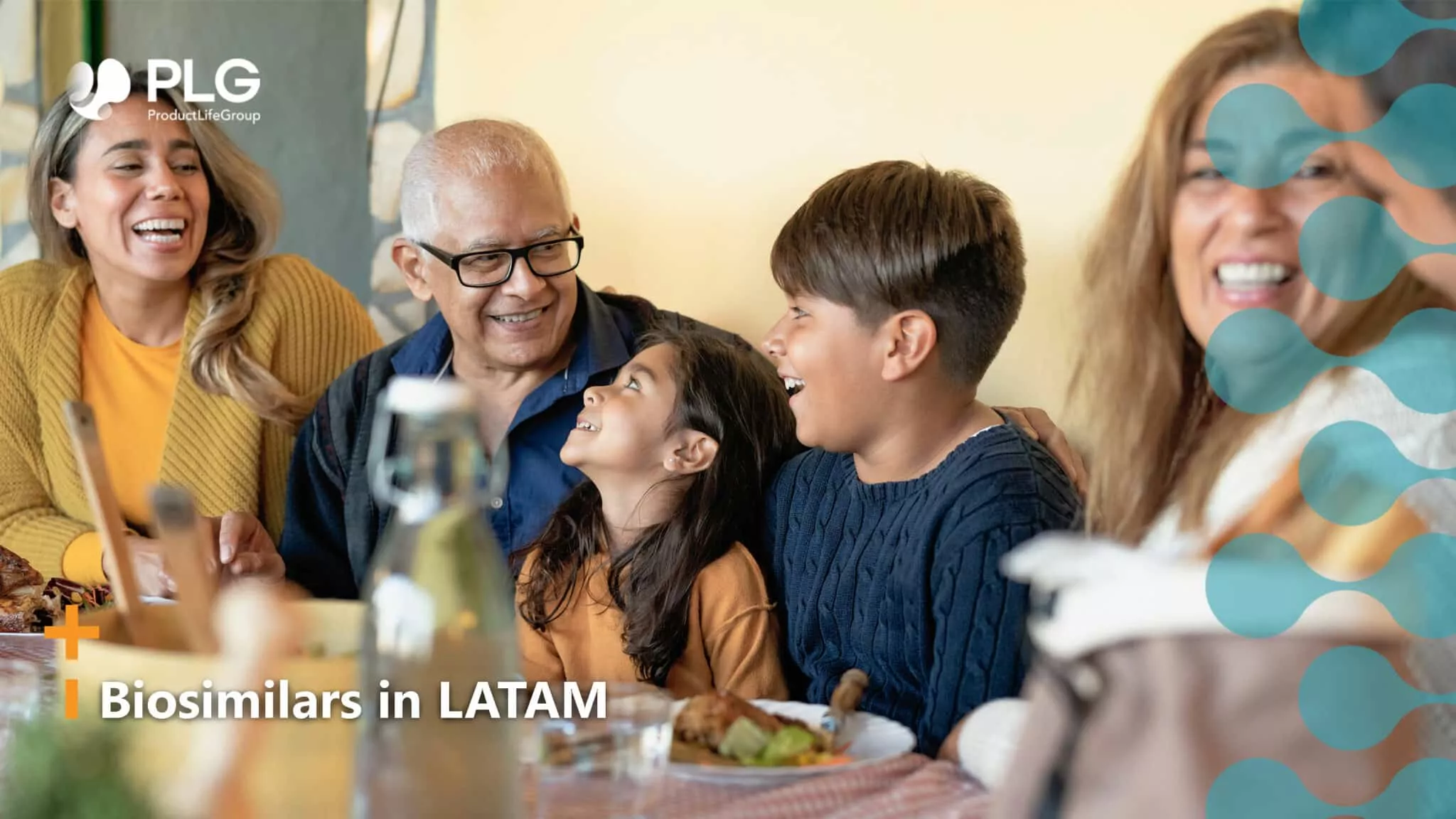
Biosimilars in LATAM: An overview
18 october 2023

The current state of the LATAM market for Biosimilars
When talking about the LATAM region, we mention one of the most extensive territories in the world.
It has an extension of 20,111,457 square km, starting north with Mexico and ending south at Tierra del Fuego, with Chile and Argentina. According to the United Nations, LATAM comprises 33 countries and two (2) emerging economies, Brazil and Mexico. More than 652 Million people speak different Roman languages.
The concept of biosimilars can be considered an already known concept in the majority of countries:
The first biosimilar registered in the region was in Colombia in 2013. The following countries to achieve this were Mexico and Brazil in 2015 and Peru in 2017.
Although biosimilars have been around for more than ten (10) years in LATAM, the current legislation is still unclear in certain aspects. Some countries that have started legislation include Mexico, Guatemala, Colombia, Peru, Chile, Uruguay, Brazil, and Panama.
Generally, the exact requirements for chemical drugs apply to biosimilars. A notable difference with the EU is that each country has a different regulation with no reliance among them. The opposite case is seen in Central America, where they share a common regulation.
Differences in the Clinical criteria in some major LATAM countries
In general:
- The biosimilars must be similar to the local reference product, which is made with different studies: Comparative ones, pre-clinical and clinal trials in parallel, non-inferiority studies, etc.
- In some countries, you can use the original studies made overseas, but the Ministry of Health may ask you to run a study with the local population for the first renewal.
- In Colombia, since 2011, the government has allowed pharma companies to show bio comparability without clinical evidence, instead by using solely information published in the literature about reference or innovative medications.
- Brazil emphasizes pharmacodynamics and toxicity studies, although the current legislation is unclear on defining which kind of studies or clinical trials should be developed.
- Mexico sees them case by case (New Molecules Committee)
To prove that the final product has the necessary quality, ICH, EMA, and FDA have issued guidance on tests to secure this. ICH guidelines Q6B or Q5E are cited as references in LATAM regulations.
Clinical Considerations between a Biosimilar and an Innovator
A crucial factor to be considered is that the minor structural differences between the biosimilar and the Innovator can have functional implications. As a result, new studies must be run to satisfy the Health Authorities.
The final aspect to consider is the effectiveness of the drug. The studies usually include:
- Pharmacokinetic equivalence
- Immunogenicity
- Pharmacodynamic studies
The WHO recommends showing no clinically meaningful differences with the reference product. In some cases, to achieve this, local studies must be run.
In Mexico, one of the official national legislations, NOM-177-SSA1-2013, bioequivalence is contemplated, where the quality, pre-clinical, and clinical parts must be included in the submission.
Additional arguments for the registration of Biosimilars in LATAM
Pharmacovigilance
- There is no real distinction between a chemical drug reporting process.
- The general plan for the region is to use MedDRA definitions and systems.
Economical aspects
- There has been a global impulse to register new biosimilars, and LATAM has followed the same path.
- The LATAM market grew from USD 123 Million to USD 631 Million in 6 years.
- Brazil, Mexico, and Argentina are the most attractive countries. In parallel, they can be seen as countries that invest in their regulatory system.
- Due to the intrinsic costs of biological products, Public Health services are considered a heavily attractive market.
Factors to consider when registering your Biosimilars in the LATAM market
- LATAM has more than 30 countries, but less than 1/2 have regulations or have started one.
- An important fact to consider is the language: Not all countries accept the dossier in English, and the communication with the Health authorities is usually in Spanish or Portuguese.
- LATAM should standardize its criteria and work on a reliance or fast-track path. As COVID-19 shows us, it is possible.
All health supplies must present three (3) fundamental aspects: It has to be safe, have quality, and efficacy for the patient. With that in mind, the dossier only needs to be adapted to the regional information.
Why choose PLG as your partner for the LATAM market
At PLG, we are delighted to help you to expand your business into the LATAM region. Starting with your initial questions about the region, register your products in one or more countries, allow you to assess the best regulatory strategy and prepare the different applications during the life cycle of your products.
Each company is different, and each may have different needs but always a will to grow. Here at PLG, we look for the best for our clients and the final patients we are helping. Take the first step and send us a message to ID how we can help you with your current situation and trace the pathway together.
References
- Current state of biosimilars in Mexico: The position of the Mexican College of Rheumatology, Reumatología clínica, Vol. 14, No. 3, 127-136. 2016
- The Regulation of Biosimilars in Latin America. Garcia R, Araujo D. Current Rheumatology Reports, Vol. 18, No. 3, published online. 2016
- Practical Guidance on Biosimilars, Focusing on Latin America. Azevedo V, et al. Vol. 25, No. 2, 91-100. 2019
- https://dof.gob.mx/nota_detalle.php?codigo=5314833&fecha=20/09/2013#gsc.tab=0
- https://www.enfarma.lat/index.php/articulos/1319-panorama-de-los-productos-biosimilares
- https://www.elhospital.com/es/noticias/mercado-de-biosimilares-en-latinoamerica-oportunidades-y-tendencias-de-crecimiento
- https://www.pharmabiz.net/los-bio-en-carrera-latam/
Register to our news and events
Go to our Events to register
Go to our News to get insights
